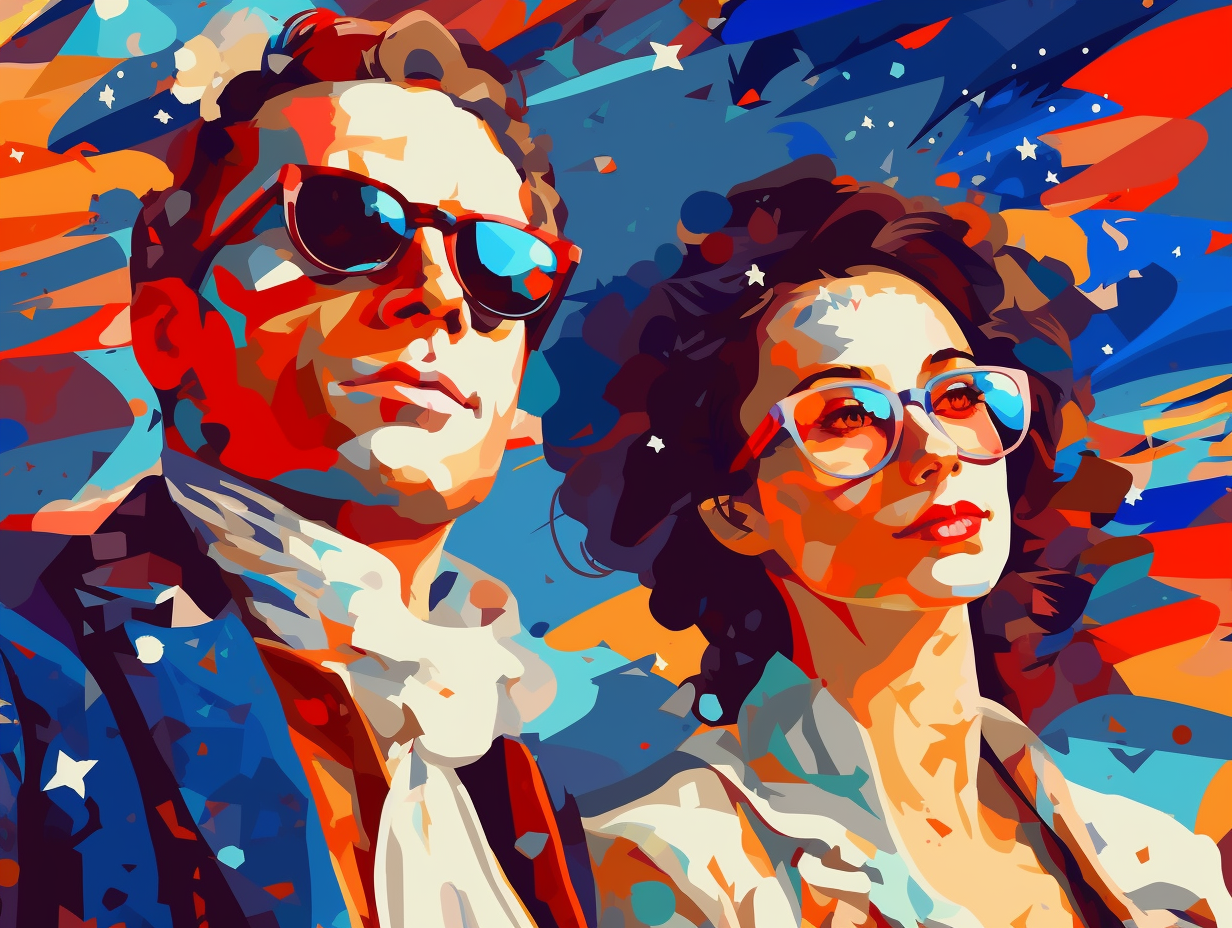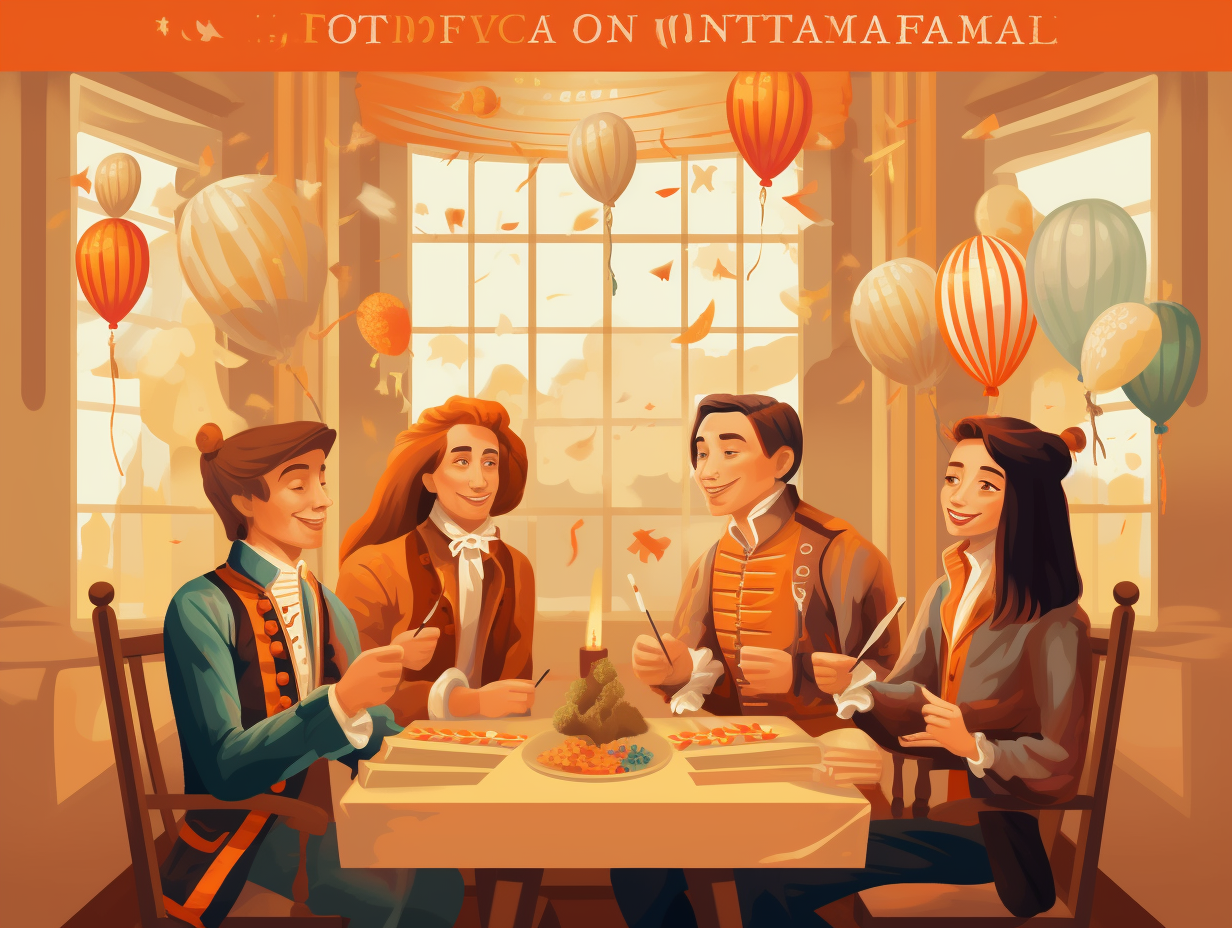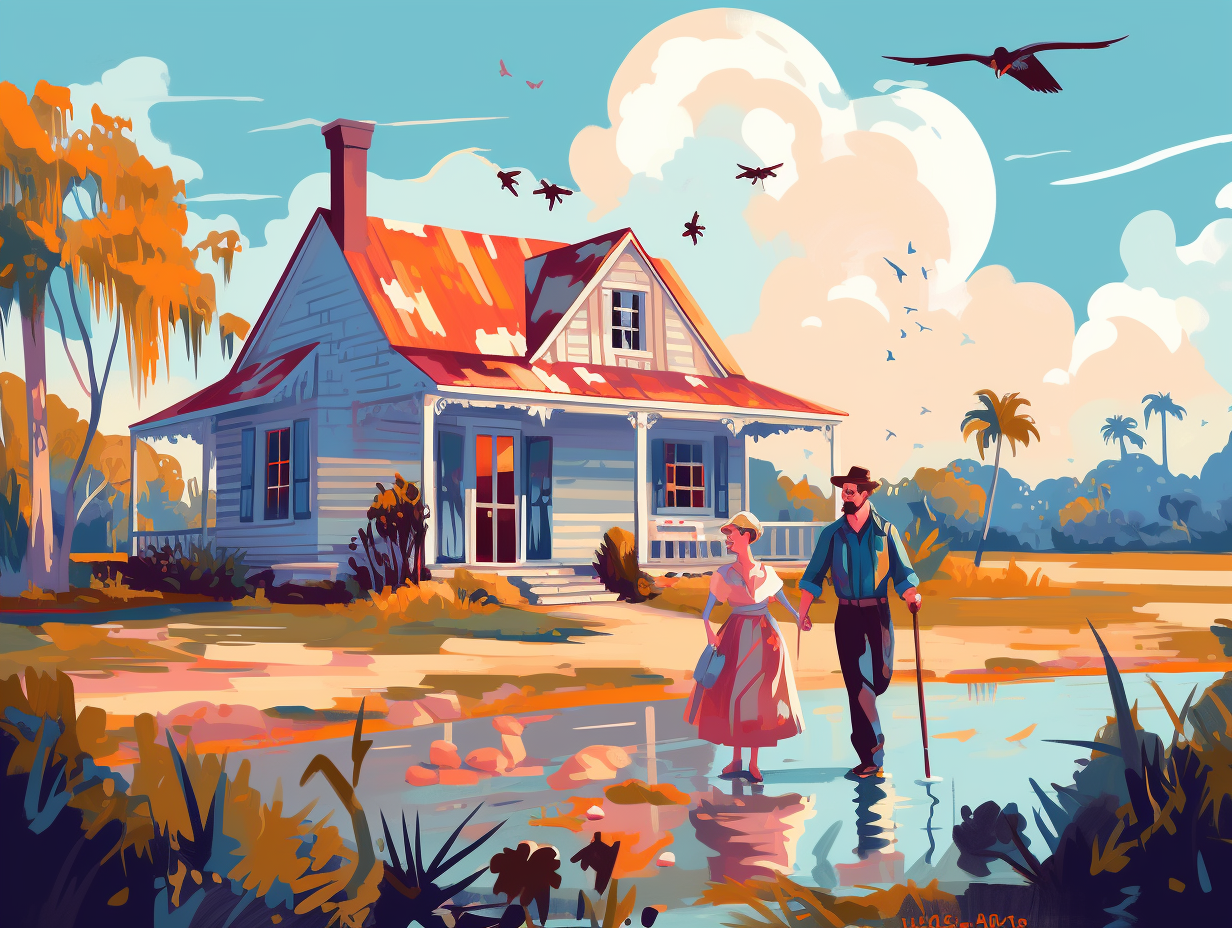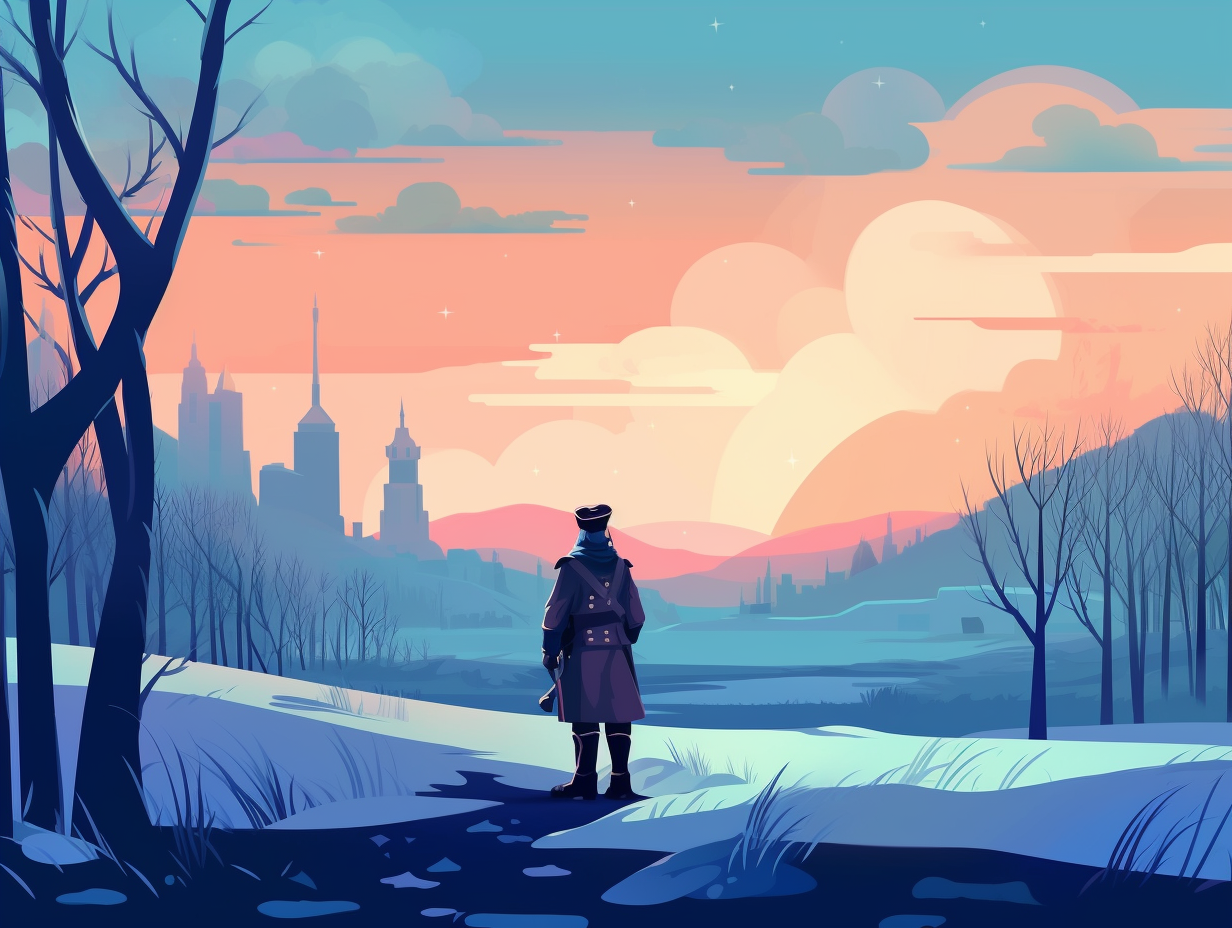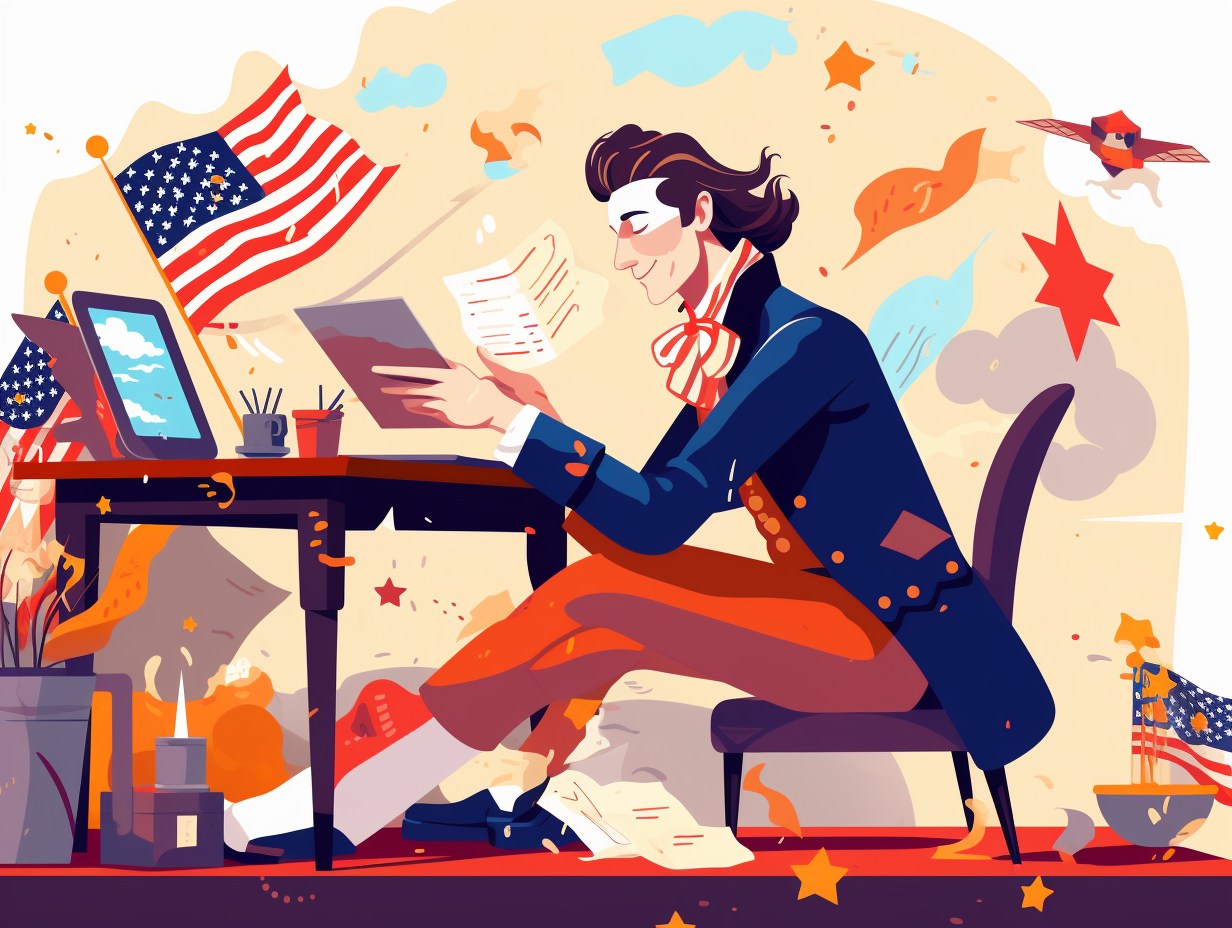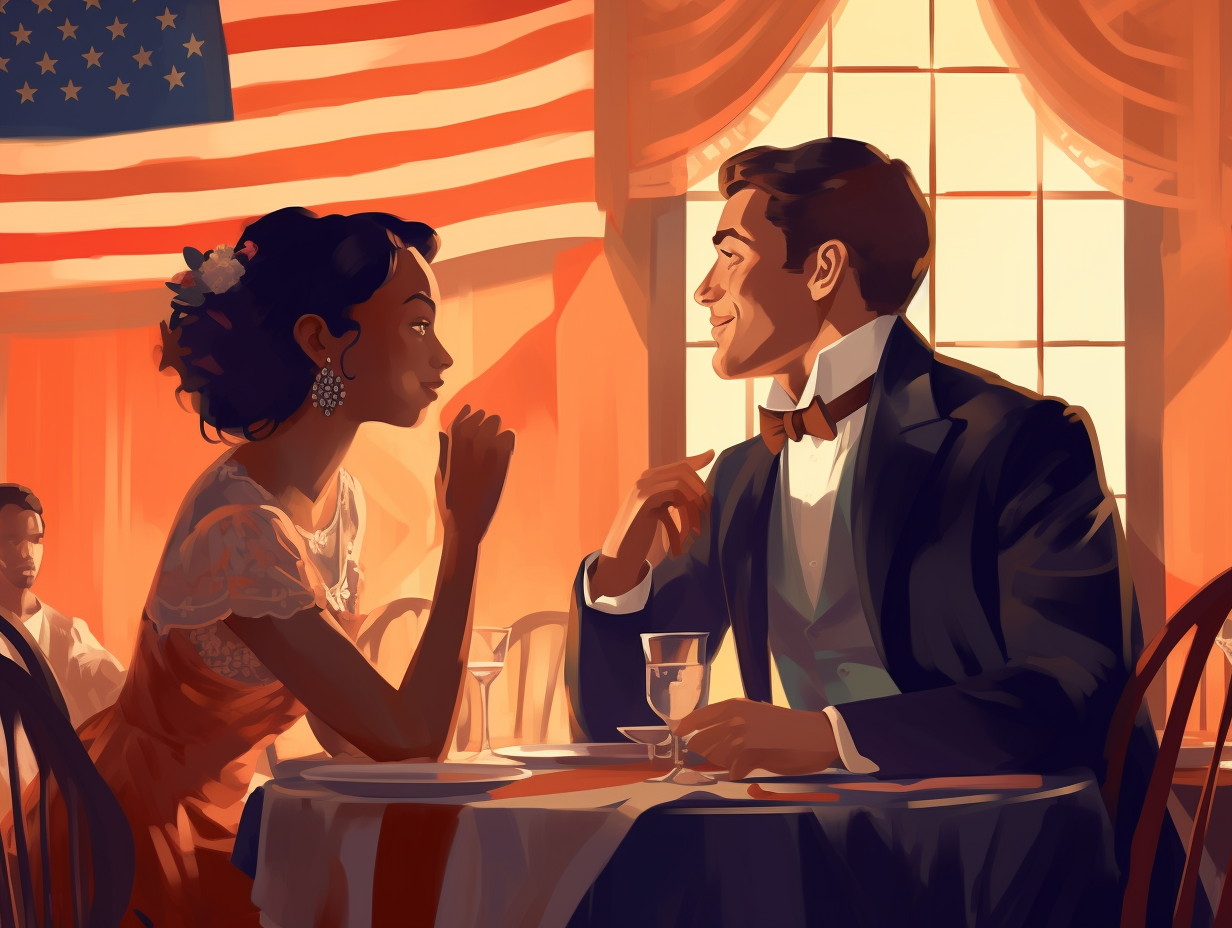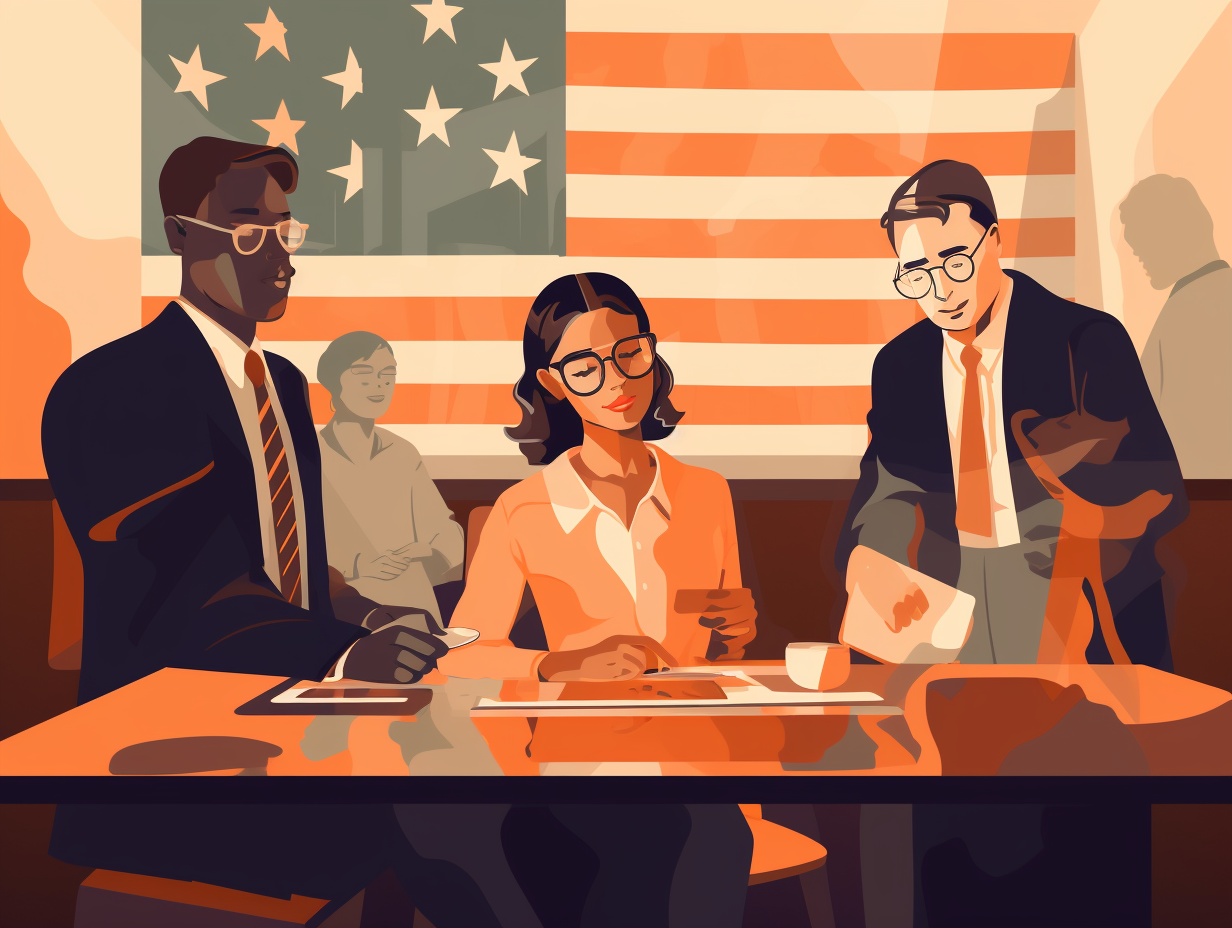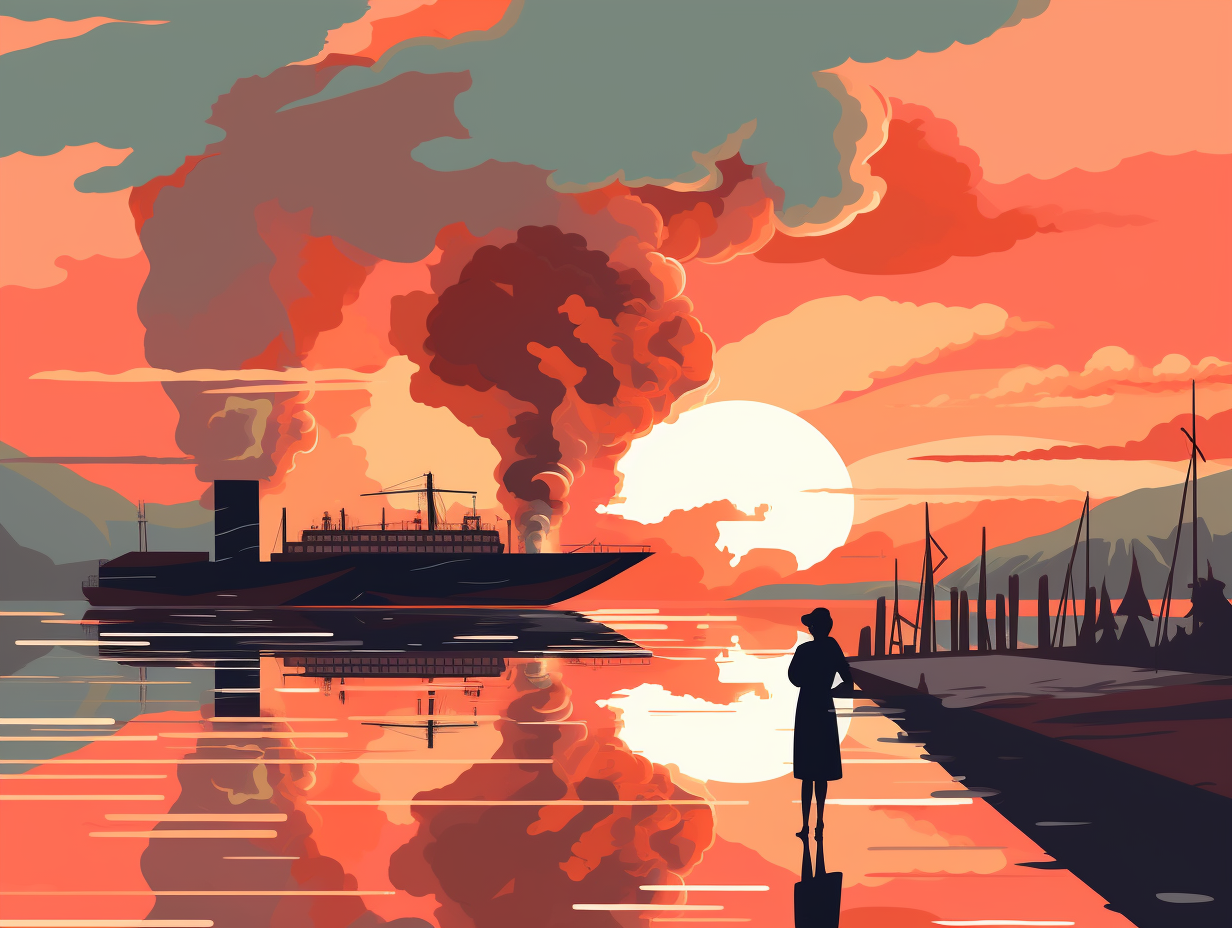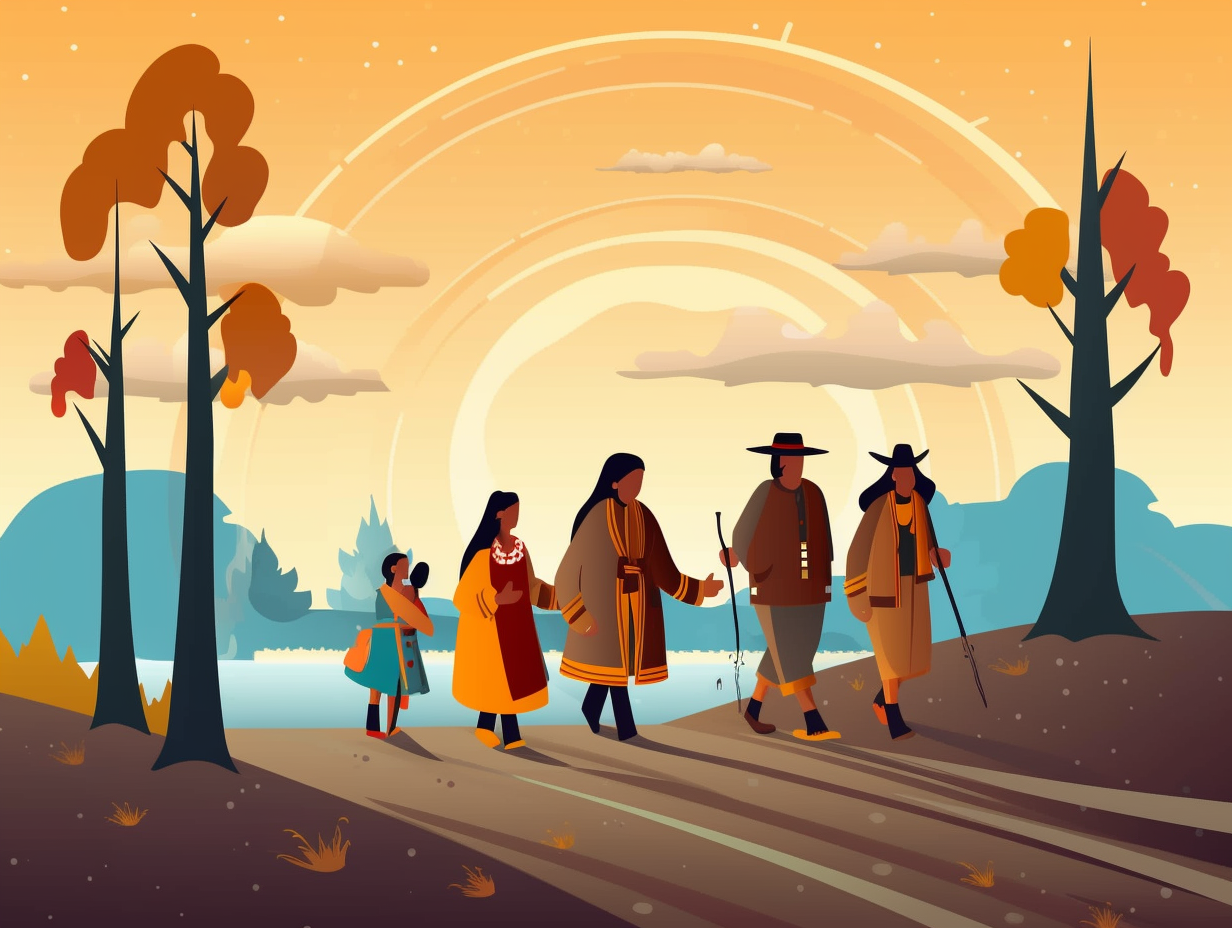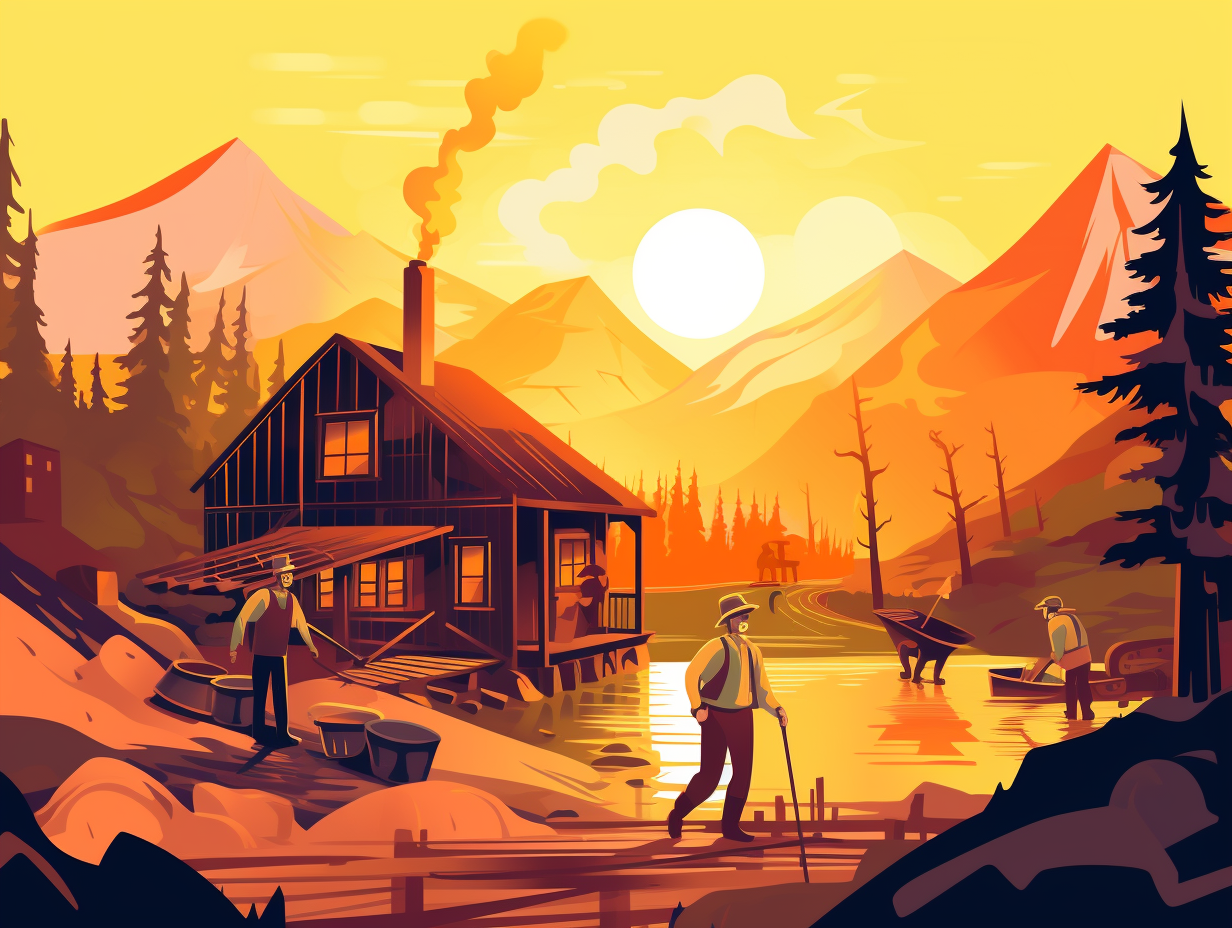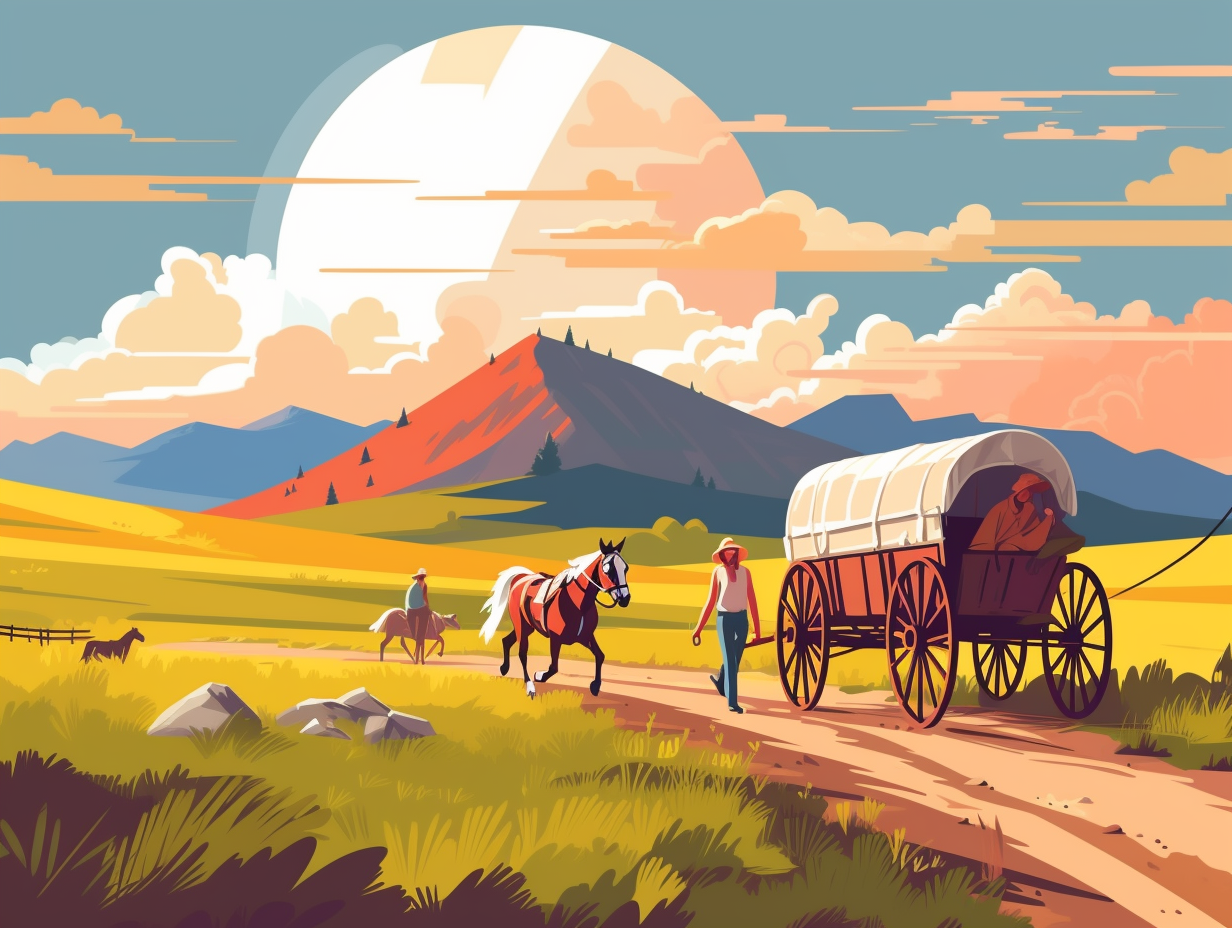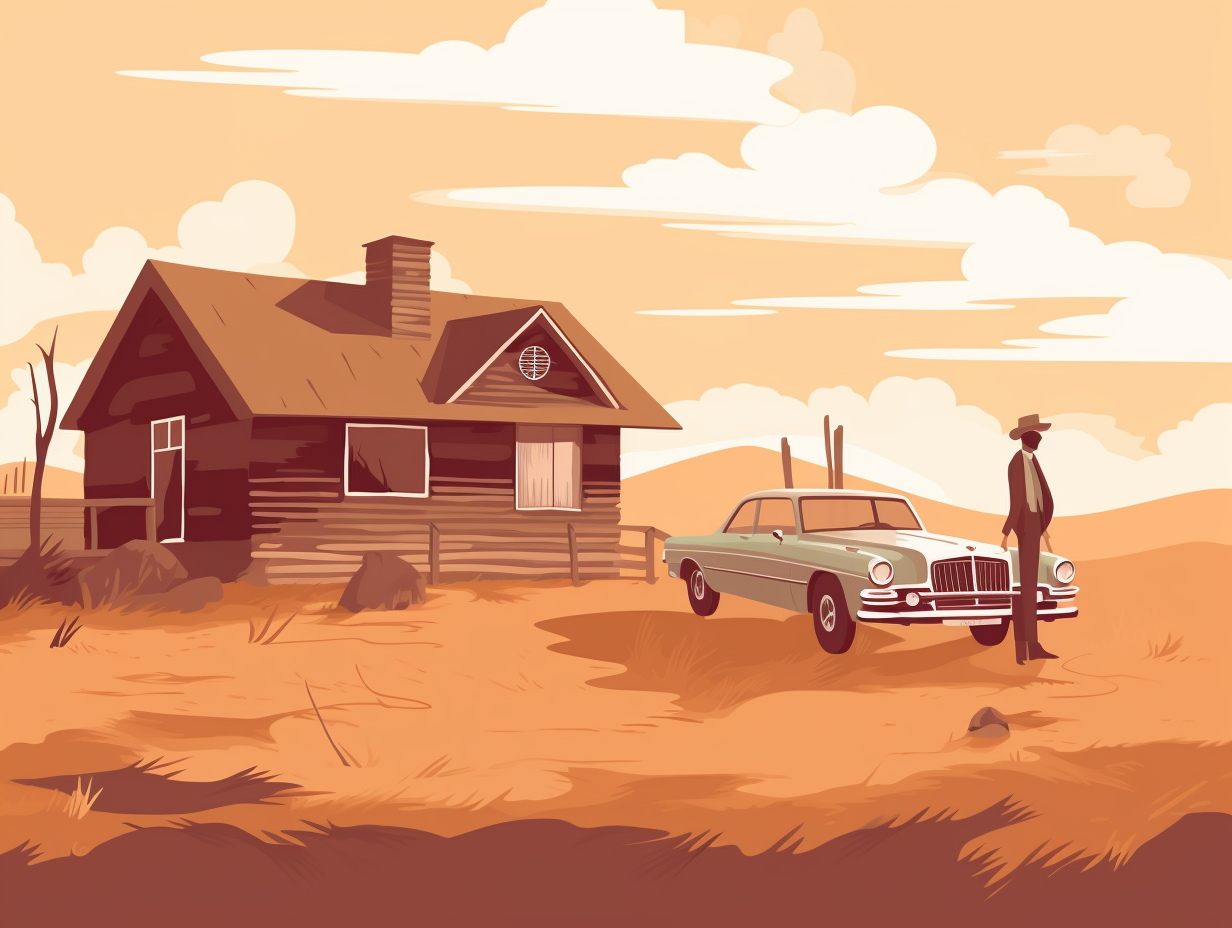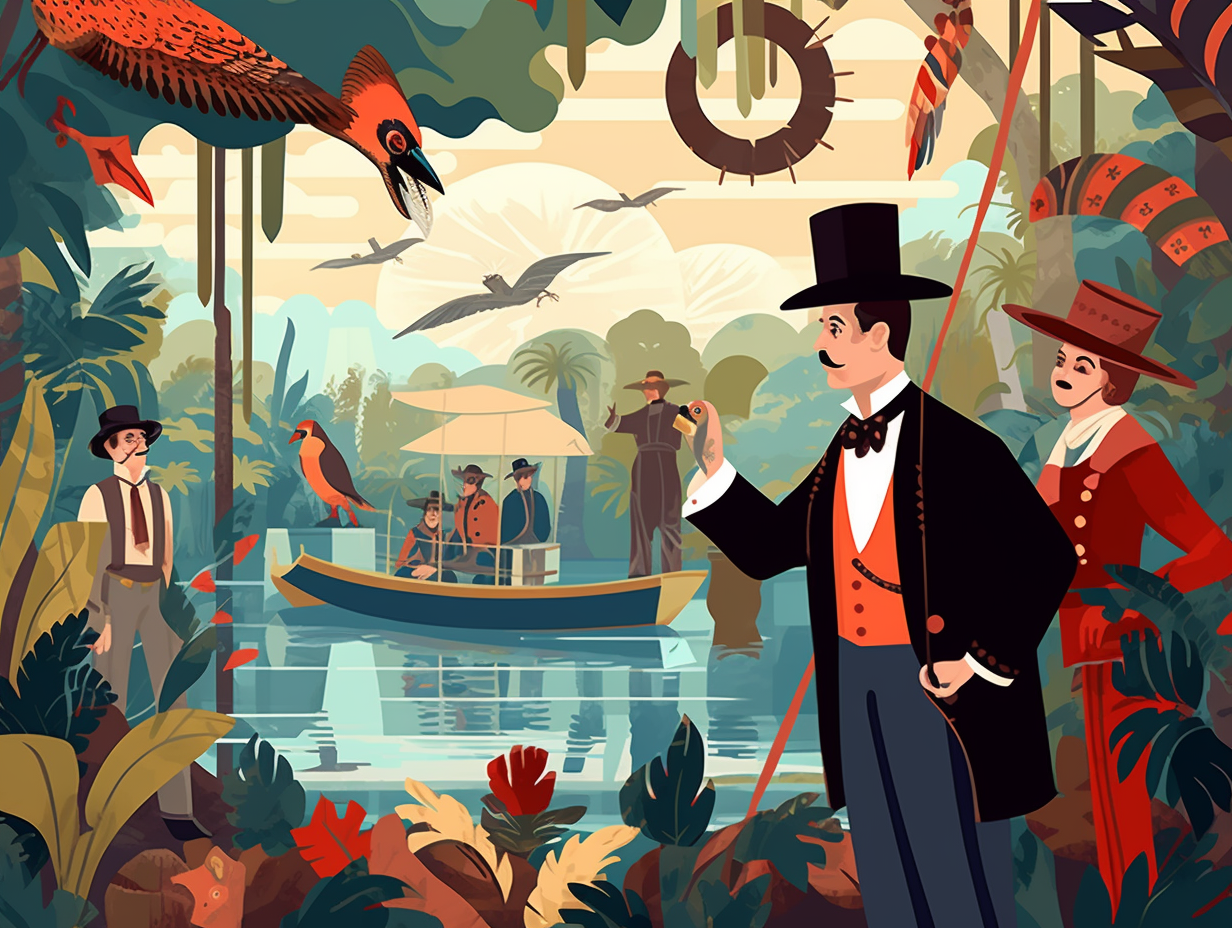13 Fascinating Facts About the March on Washington: Discover the Untold Stories Behind this Iconic Event
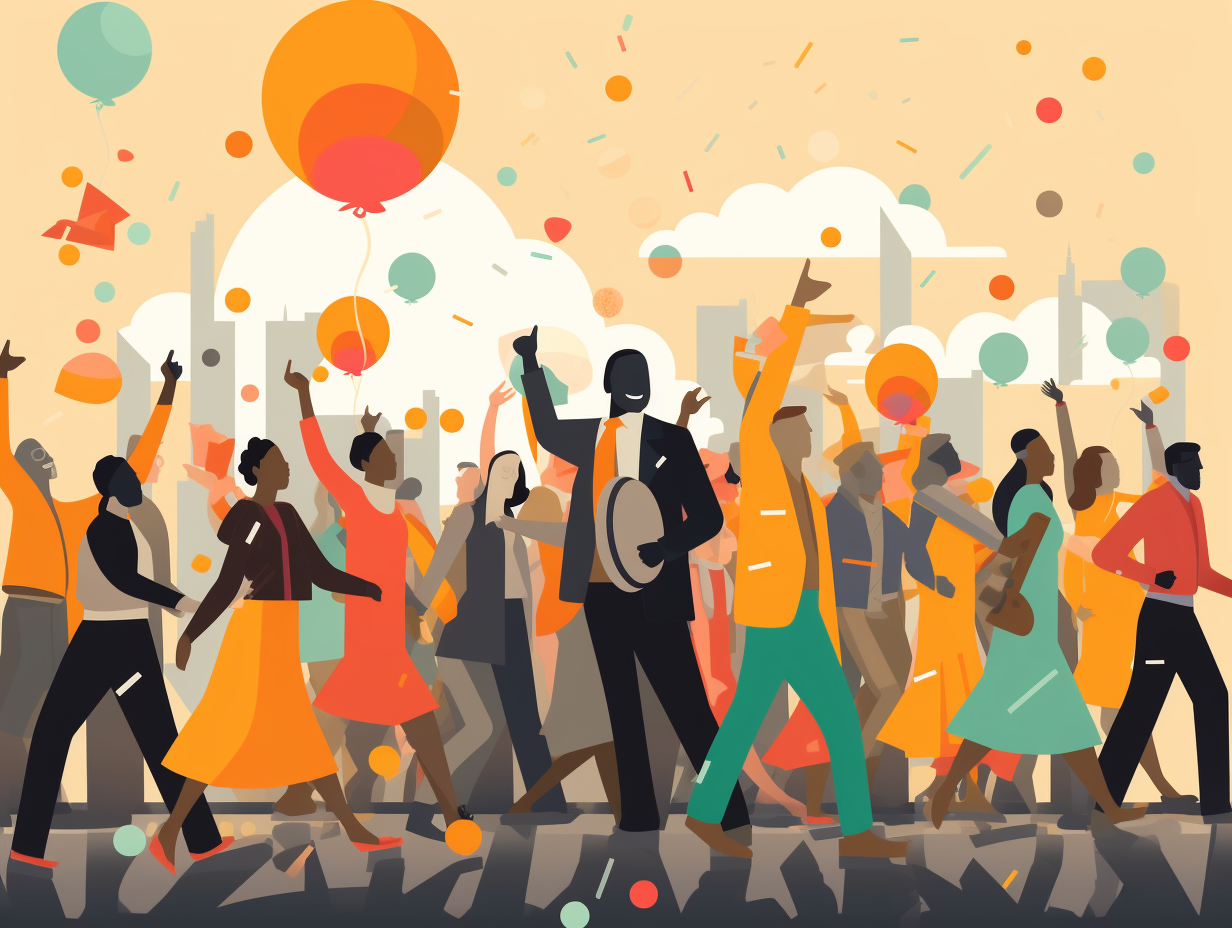
1. The Forgotten Leading Lady: Dorothy Height
As Marilyn Monroe famously sang, "diamonds are a girl's best friend," and it seems civil rights marches also have an often-forgotten leading lady: Dorothy Height, a member of the Big Six organizers of the 1963 March on Washington, made monumental contributions despite media often referring to the group as the "Big Four."
Source => en.wikipedia.org
2. Bayard Rustin: Civil Rights' Rainbow Flag Bearer
Bayard Rustin walked into the civil rights movement like he was walking onto a yacht, holding a rainbow-colored flag: Despite facing opposition and criticism from some activists due to his sexuality, Rustin played a crucial role in organizing the monumental 1963 March on Washington, skillfully uniting diverse groups and individuals to make the event a transformative success for the civil rights movement.
Source => npr.org
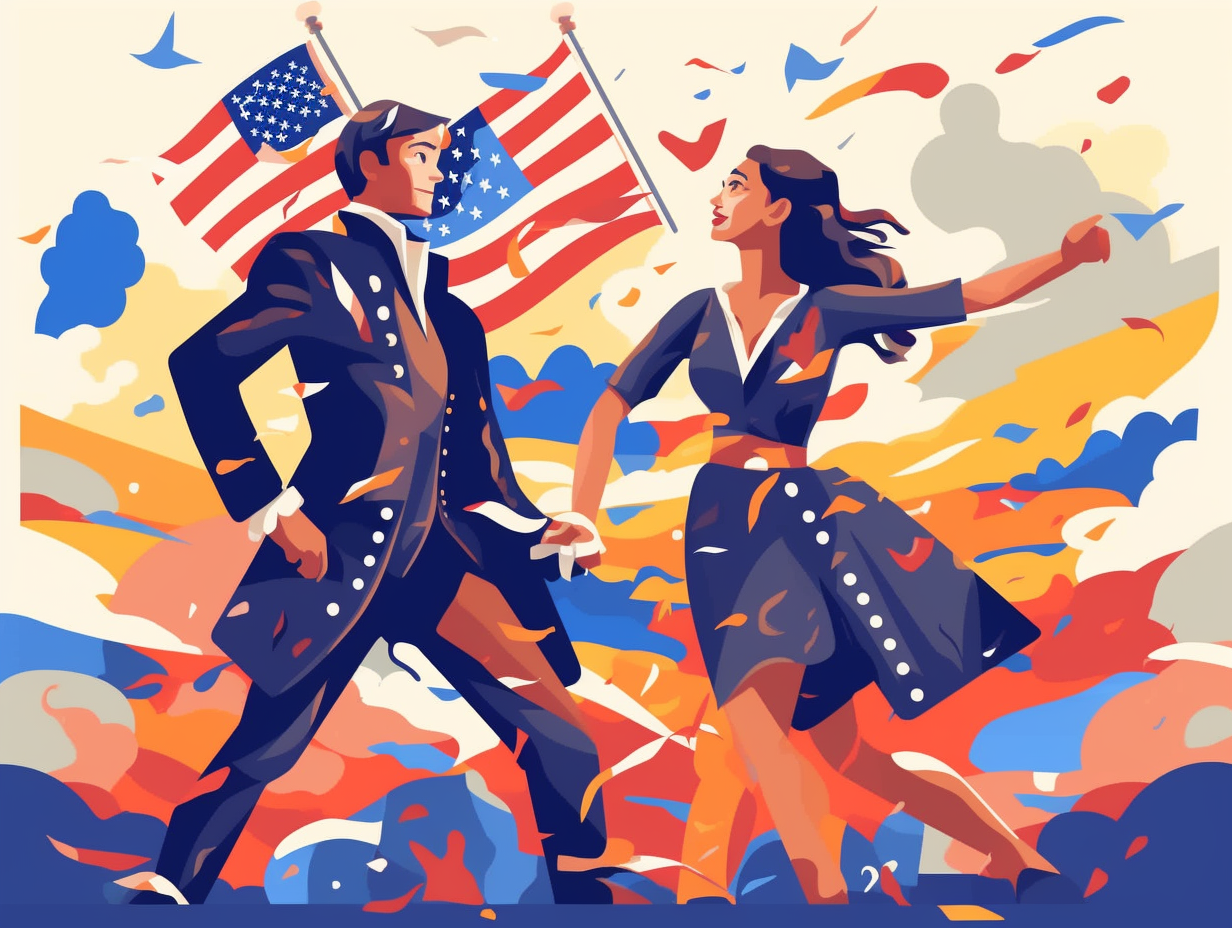
Did you know Ben Franklin preferred the turkey over the bald eagle as a symbol of America? Discover the true story and more fun facts about US history! 🦃🇺🇸
=> Fun Facts about Us-History
3. MLK, Daisy Bates, and Bob Dylan's Block Party
When Martin Luther King Jr. wasn't dreaming, Daisy Lee Bates was blooming, and Bob Dylan was singing about changing times at a humongous block party: The March on Washington for Jobs and Freedom witnessed a diverse crowd of over 200,000 people gathering on August 28, 1963, to claim their civil rights and etch a permanent mark in history.
Source => kinginstitute.stanford.edu
4. Mahalia Jackson: The Queen of Gospel at the March
When the Queen of Gospel slid into Washington, she made sure the crowd felt the rhythm of the fight for civil rights: Mahalia Jackson serenaded the March on Washington in 1963 with soul-stirring renditions of "I've Been Buked and I've Been Scorned" and "How I Got Over," adding an extra layer of powerful emotion to the momentous gathering for racial equality.
Source => washingtonpost.com
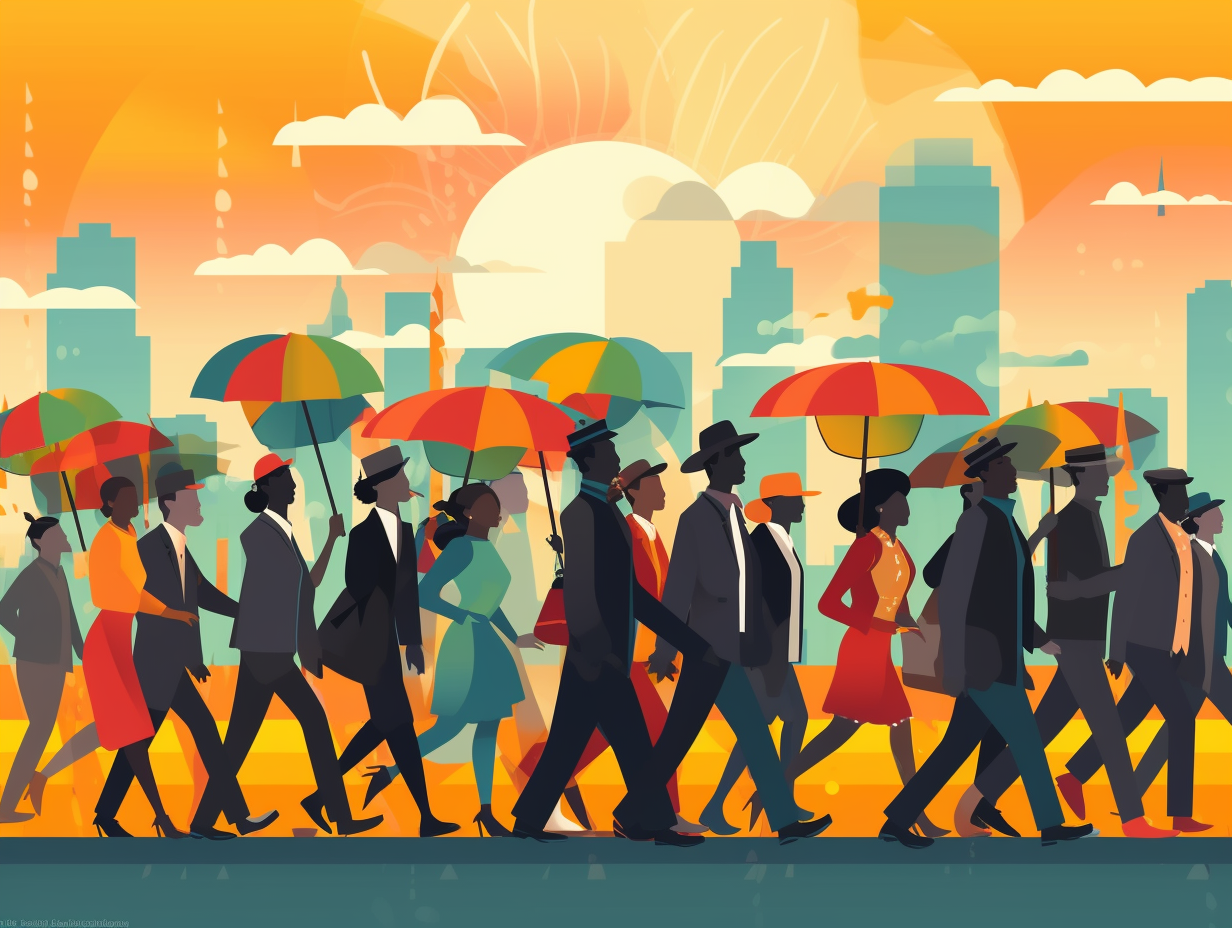
5. March on Washington: Ultimate Civil Rights Concert
Who needs Woodstock when you've got the March on Washington as the ultimate Civil Rights Concert: On August 28, 1963, Joan Baez and Bob Dylan serenaded the crowd with "We Shall Overcome," while Mahalia Jackson, Marian Anderson, and Peter, Paul, and Mary made the event a musical extravaganza for Jobs and Freedom.
Source => ncpedia.org
6. Superhero Bayard Rustin: March's Mastermind
It's a bird, it's a plane, it's a... march organizer? That's right, kids, it turns out that superhero Bayard Rustin was not only the March on Washington's Deputy Director but a stealthy mastermind behind-the-scenes: From securing permits to mapping out parking and restroom access, Rustin was crucial in planning the event's logistics, however, some organizers wanted him tucked away from the limelight due to his past association with the Young Communists Party and his sexuality.
Source => jfk.blogs.archives.gov
7. MLK's Half-Improvised "I Have A Dream" Speech
Just when you thought speech scripts couldn't go rogue: Martin Luther King Jr.'s iconic "I Have A Dream" speech was actually half-improvised, thanks to gospel singer Mahalia Jackson's spirited impromptu suggestion from the crowd to "tell 'em about the 'dream'." King paused, ditched his prepared remarks, and dove headfirst into the impromptu masterpiece that would define a generation.
Source => forbes.com
8. Herding Cats into the March on Washington
Much like trying to herd cats into a bathtub, the March on Washington initially faced skepticism and unwieldy logistics: Fear not, for the 1963 demonstration mustered a record-shattering 250,000 participants and eventually earned Kennedy's support, thanks to the tireless efforts of Civil Rights leaders, including Anna Arnold Hedgeman and Dorothy Height, despite behind-the-scenes disputes.
Source => jfk.blogs.archives.gov
9. Americans in Paris Say "Oui" to Civil Rights
When the Americans in Paris didn't just say "oui, oui" to baguettes and berets: they rallied together and signed a petition in support of the March on Washington. This show of solidarity got international media attention and was even read out to the crowd during the iconic civil rights march, revealing just how far-reaching and globally influential this movement was.
Source => cairn.info
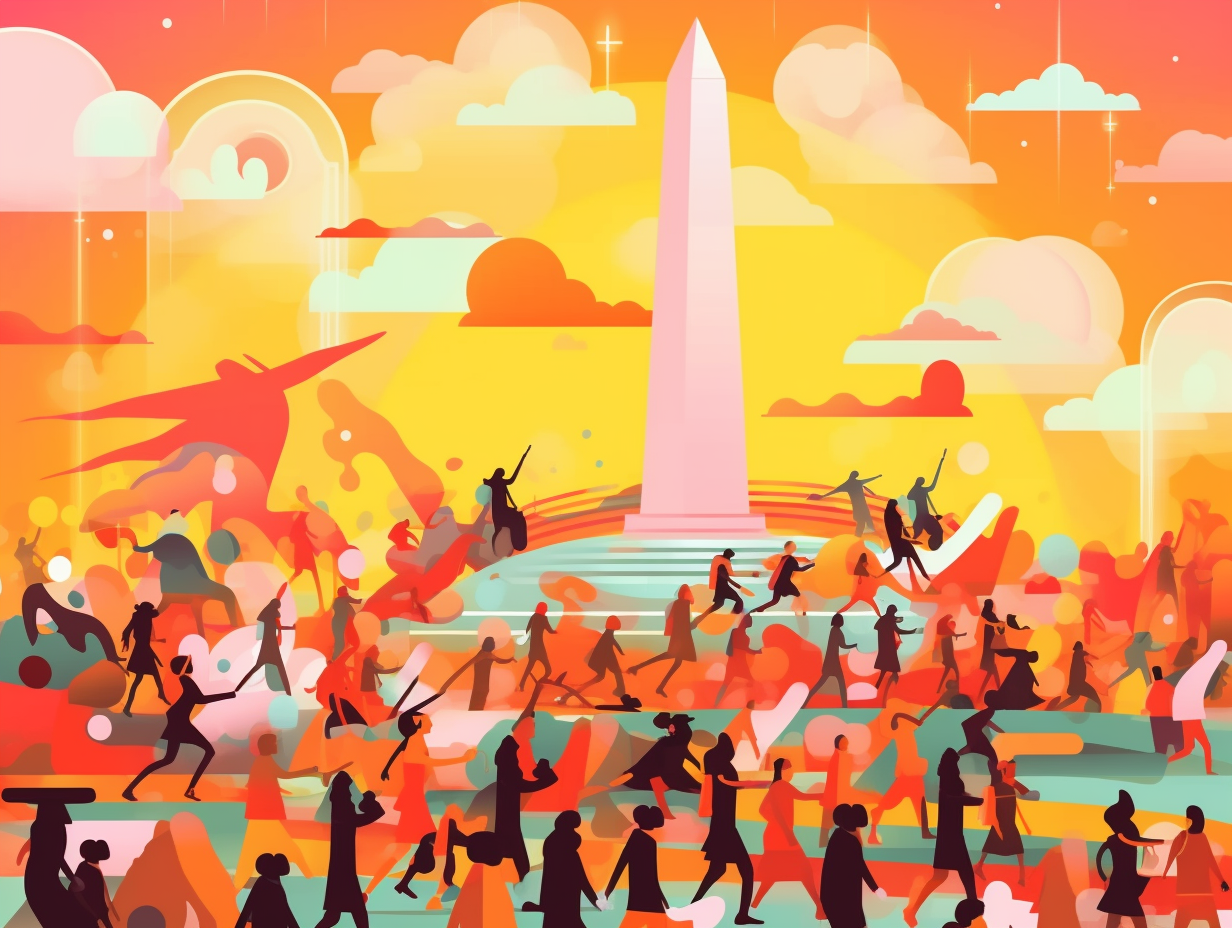
10. John Lewis: Civil Rights' Stand-Up Comic
In an alternate 60s universe, John Lewis might have been a stand-up comic performing truth bombs instead of a civil rights leader: The chairman of SNCC remarkably used his speech at the March on Washington in 1963 to boldly criticize the Kennedy administration's lax commitment to enforcing civil rights law and prosecuting racial attacks, causing some Kennedy supporters, like the archbishop of Washington, to demand alterations to the speech before the event.
Source => loc.gov
11. A. Philip Randolph: Time-Traveling Visionary
Who knew a labor organizer from the 1940s was also a time-traveling visionary? A. Philip Randolph, the Marty McFly of civil rights, had a dream so grand, it took two decades to finally make it to the big screen—well, the National Mall, but close enough: On August 28, 1963, a colossal cast of 250,000 people joined forces for the March on Washington for Jobs and Freedom, demanding an end to segregation, fair employment policies, desegregation of schools, and a living wage for all. Great Scott!
Source => nps.gov
12. Mother Nature is a Civil Rights Activist
Mother Nature must have been a civil rights activist too: she gifted the March on Washington attendees with a comfortable 83-degree day and no rain on August 28, 1963. Despite the surprisingly non-sweat-inducing weather, the sheer mass of humanity and the unfamiliarity many northerners had with D.C.'s summertime heat still made the historical event feel like the world's largest outdoor sauna. But hey, at least they made history in potentially the biggest demonstration D.C. had ever seen!
Source => washingtonpost.com
13. Dr. King's Dream Speech that Still Shocks Today
When Dr. King had a dream, we bet he didn't think it would still have our jaws on the floor today: At the March on Washington, he delivered his iconic "I Have a Dream" speech, passionately calling for an end to racism and poetically weaving in the Emancipation Proclamation and the Declaration of Independence, painting a picture of true freedom and equality in a nation still haunted by slavery's ghosts.
Source => rockthevote.org
Related Fun Facts


